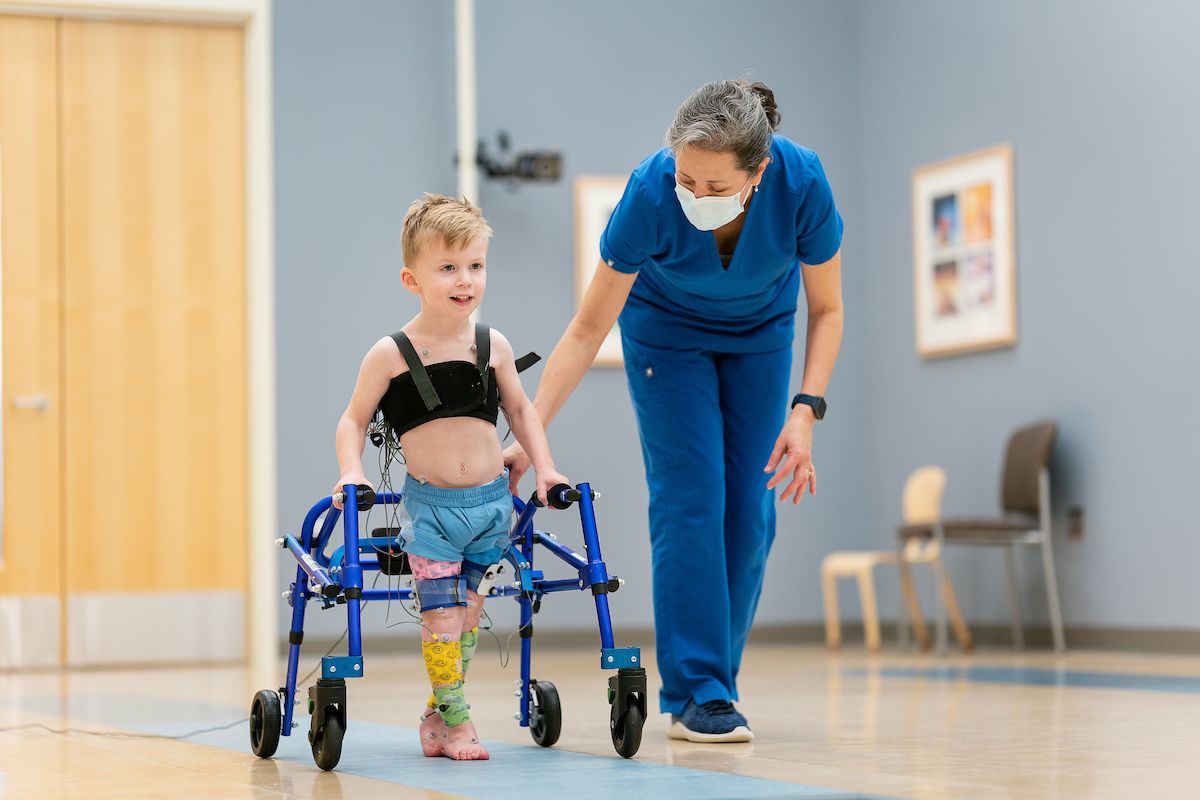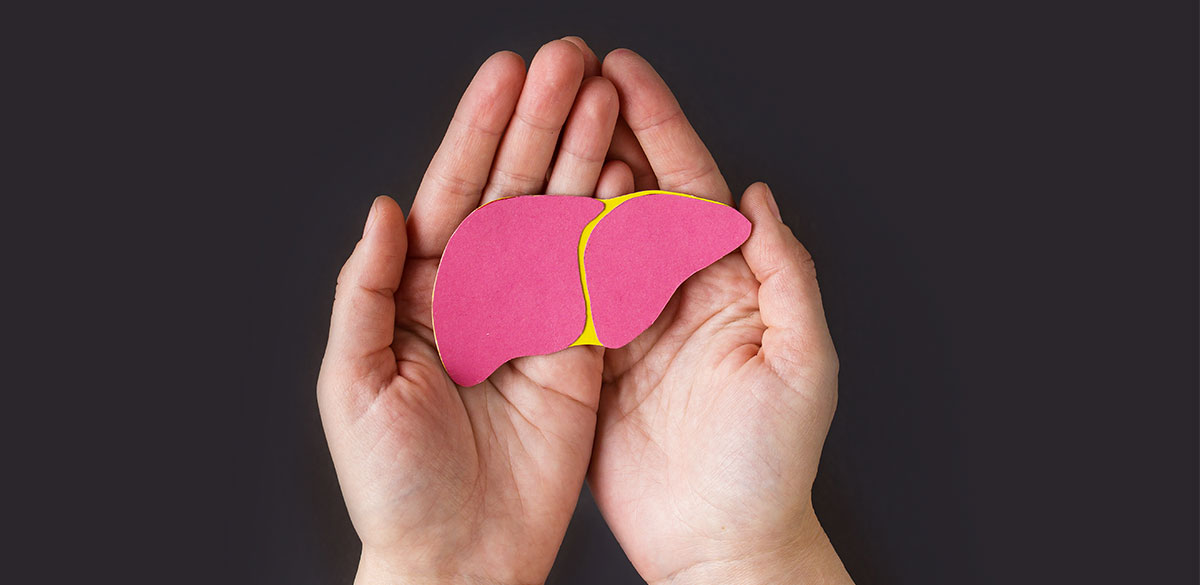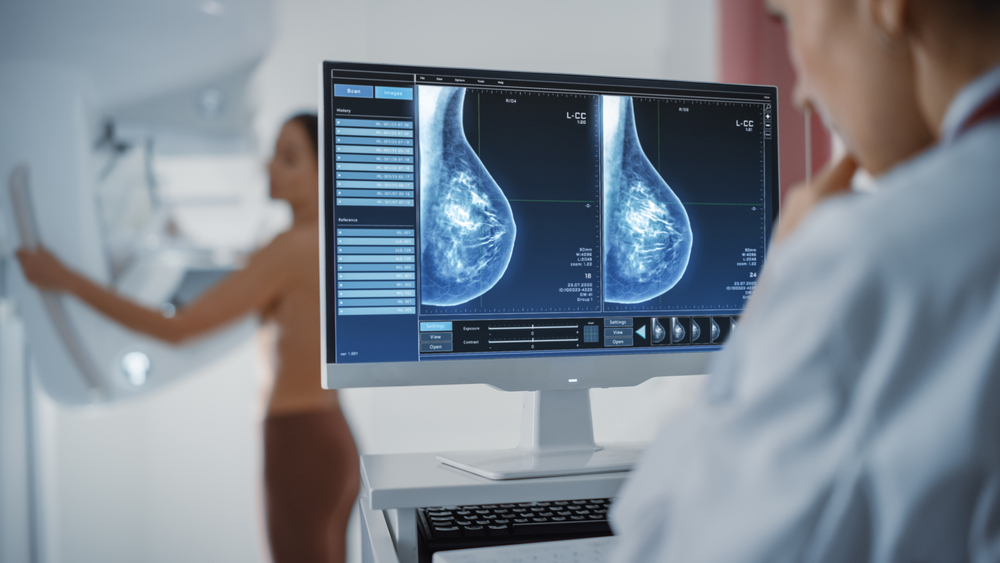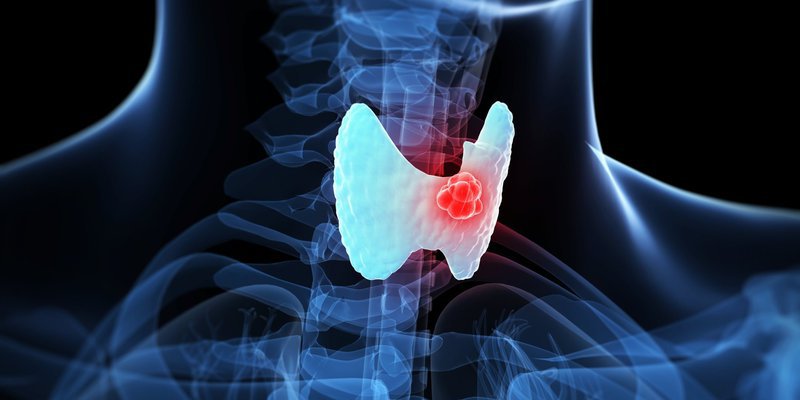Overview
Cerebral Palsy (CP) is a congenital neurological disorder affecting movement, posture, and coordination in children. It stems from brain damage before, during, or shortly after birth. There are several common types of CP, including spastic, dyskinetic, ataxic, and mixed forms. Each type presents unique challenges, influencing motor functions and development. Spastic CP, characterized by muscle stiffness, is the most prevalent form, while dyskinetic CP involves involuntary movements, and ataxic CP affects balance and coordination.
Symptoms
Recognizing and understanding the symptoms of Cerebral Palsy (CP) in children is crucial for early intervention and providing appropriate care. The common signs encompass a spectrum of challenges that may manifest differently in each child:
Motor Skill Delays: Children with CP often experience delays in the development of motor skills, affecting activities such as crawling, sitting, standing, and walking.
Muscle Weakness: Weakness in the muscles, particularly noticeable in the arms and legs, can be a prominent symptom of CP, impacting the child's ability to move and control their limbs effectively.
Coordination Issues: CP may lead to coordination difficulties, making it challenging for children to perform precise movements and maintain balance.
Impaired Balance: Balance issues are a common manifestation, affecting the child's ability to stand or walk steadily.
Involuntary Movements: Some children with CP exhibit involuntary movements, known as spasticity or dyskinesia, further impacting their motor control.
Difficulty Swallowing: CP can lead to difficulties in swallowing, which may manifest as excessive drooling or challenges during feeding.
Speech Challenges: Impaired muscle control can affect the muscles used for speech, leading to challenges in communication and articulation.
Diagnosis
Accurate diagnosis is crucial for managing Cerebral Palsy (CP). The process involves:
Clinical Assessment: Medical professionals observe motor skills, coordination, and development, identifying patterns indicative of CP.
Delayed Growth Milestones: CP often manifests in delayed developmental milestones like crawling and walking, offering crucial diagnostic clues
Neurological Exams: Assessments of muscle tone, reflexes, and coordination play a pivotal role, pinpointing abnormalities associated with CP.
Brain Imaging: Advanced tools like cranial ultrasound and MRI provide detailed insights into brain structure, confirming CP-related abnormalities.
Early identification allows effective interventions like physical therapy and assistive technologies, enhancing the child's prognosis.
Treatment
Cerebral Palsy (CP) necessitates a diverse and tailored approach to treatment, considering the unique needs of each child. Treating Cerebral Palsy in children requires a multifaceted approach, integrating surgical, therapeutic, and supportive interventions. The strategies employed are contingent upon the type and severity of CP diagnosed.
Surgical Interventions: Surgical procedures, such as Selective Dorsal Rhizotomy (SDR), play a crucial role in enhancing muscle control. SDR involves selectively cutting nerve roots in the spinal cord, reducing spasticity and improving overall motor function.
Intrathecal Baclofen Pump Therapy: Intrathecal Baclofen Pump therapy is an effective solution for managing spasticity. It involves the implantation of a pump that delivers the muscle relaxant Baclofen directly into the spinal fluid, providing targeted relief and improving comfort for children with CP
Physical and Occupational Therapy: These therapies form the cornerstone of CP treatment, focusing on enhancing mobility, fine and gross motor skills, and overall functional independence. Customized exercise regimens are designed to address specific motor challenges and improve the child's quality of life.
Multidisciplinary Approach: A holistic treatment plan involves a collaborative effort from various specialists. Speech therapy assists in communication challenges, while assistive devices like braces or communication aids further support the child's daily activities. This multidisciplinary approach ensures a comprehensive strategy catering to the diverse needs of children with CP.
Prevention
Preventing cerebral palsy involves a comprehensive approach to minimize risks during pregnancy and childbirth. Key measures include:
Prenatal Care: Regular check-ups with healthcare professionals monitor maternal health, enabling early issue detection and prevention of cerebral palsy risks.
Proper Nutrition Emphasis: A well-balanced diet with essential nutrients is crucial for healthy fetal development, reducing cerebral palsy risk.
Infection Avoidance: Maintaining good hygiene and seeking prompt medical attention for infections are vital preventive measures against cerebral palsy.
Chronic Condition Management: Effectively managing conditions like hypertension and diabetes contributes to a healthier pregnancy, lowering cerebral palsy risk.
Timely Medical Interventions: Prompt responses to complications during labour and delivery, with skilled medical assistance, minimize cerebral palsy risk.
Promoting a Healthy Lifestyle: Encouraging mothers to adopt healthy habits, including regular exercise and avoiding harmful substances, further prevents cerebral palsy.
Follow-up Care and Life after Cerebral Palsy
After initial treatment for cerebral palsy, sustained rehabilitation and support are paramount to unlock a child's full potential. Consistent engagement in physical and occupational therapy sessions becomes instrumental in preserving mobility and fostering independence. The integration of adaptive technologies and supportive devices serves to augment the child's overall quality of life, addressing specific needs and challenges. Equally crucial is the establishment of a robust support network, where active involvement of family and community members plays a pivotal role. This support system not only contributes to the child's ongoing well-being but also facilitates their seamless integration into society. By addressing the multifaceted aspects of post-treatment care, children with cerebral palsy can strive towards leading fulfilling lives with the necessary tools and support at their disposal.
Conclusion
Understanding Cerebral Palsy in children involves recognizing its types, symptoms, and early intervention through accurate diagnosis. While prevention focuses on addressing prenatal and perinatal risk factors, comprehensive treatment includes surgical options, therapies, and ongoing support for a fulfilling life. By promoting awareness and providing tailored care, we can empower children with Cerebral Palsy to lead meaningful and productive lives.

Dr Agnetia Vinoth Consultant – NeurosurgeryApollo Cancer Centre, Chennai





.png)



